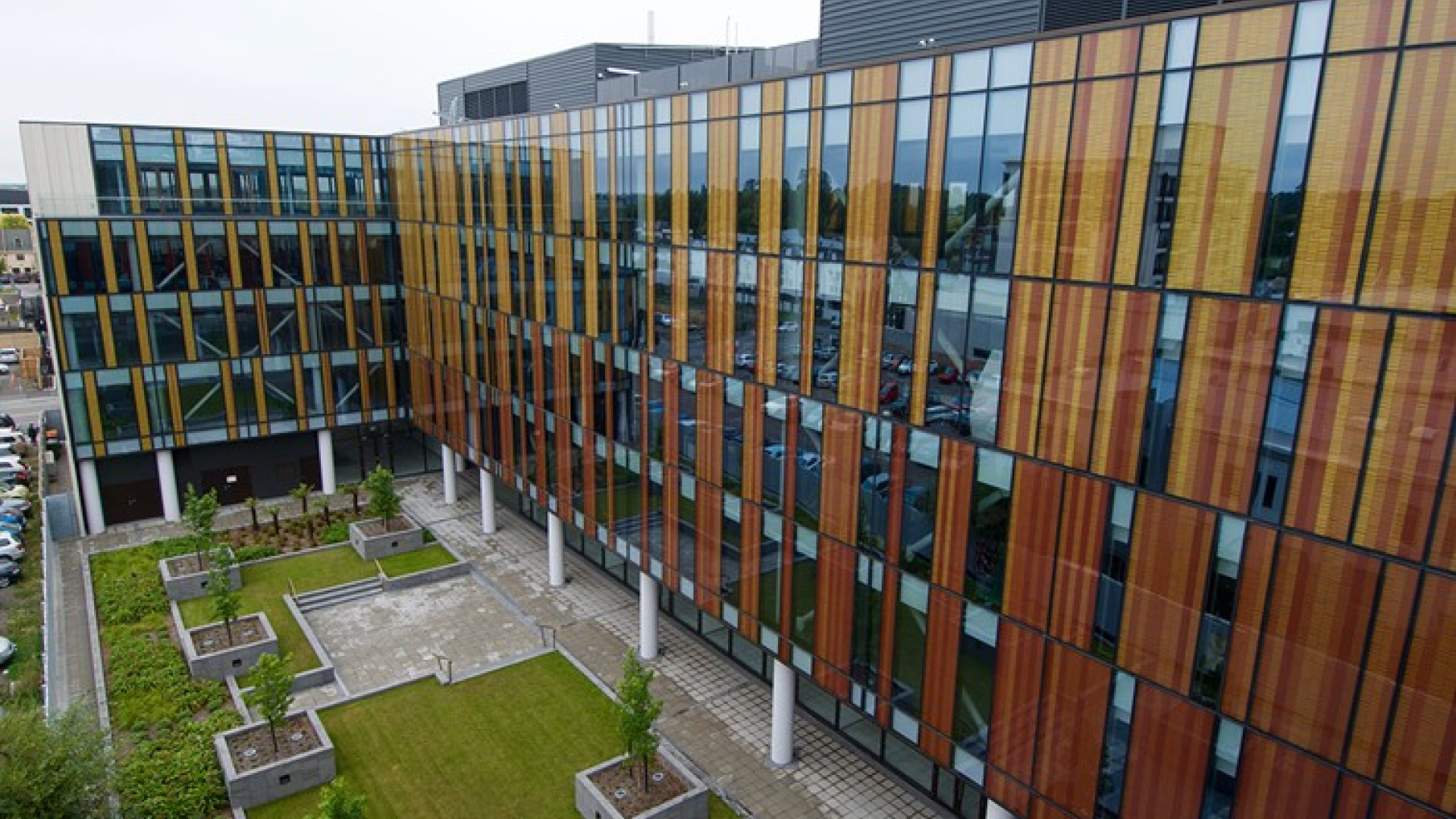Hinged Doors
Windows
Complementary
Hit enter to search or ESC to close
The future of NZ office buildings: What architects need to know

If you could 3D-print a building, would you?
Printing a building is just one example of how technology is changing the architectural space. As a result, it's undeniable that the skills architects need for the future of New Zealand's offices have changed, and will likely continue to do so. In this article, we showcase examples of future office buildings from around the world, and the details that Kiwi specifiers should know.
A hackable building is one that can be easily changed from one function to another.
1. Hackable buildings
A hackable building is one that can be easily changed from having one function to another with only minor alterations. This concept has arisen recently thanks to a push from major companies such as Gensler.
Gensler states that workplace density - that is, square-metre per person - is shrinking. There's no need for large private offices when many staff are simply working from home, the road, or their nearest coffee shop. Additionally, with such a spotlight on the environmental impact of construction, it simply costs too much to demolish a structure and replace it from flat ground.
So, companies are creating buildings that can be easily modified as needed. For instance, Gensler's Tysons Towers was designed with flexible floor plates that could be easily punched through to add verticality to the building if desired by the client. In another example, developers EYA converted an office building into luxury apartments, utilising its high ceilings and glass facades to bring light and air into the units.
- What architects should know: Could you specify materials that are easily changed, or can you adapt an old building to a new function? These will be cost-effective projects of the future, and a specialty in this area may give your firm a leg-up on the competition.
2. Shared, healthy spaces
Worker health and company culture are growing concerns in the office environment. As such, spaces that promote conversation and foster a more relaxed, fun atmosphere could be in hot demand in future.
More employees are working flexibly, and OfficeSpace says that a future workplace should include open, co-working areas where freelancers can come together; where a sense of community can be built and ideas shared. The software company also describes future offices as being places for interactive spaces - think easily changeable furniture, or play rooms.
In fact, play spaces are already being adopted in other nations. UK company BrightHR gives each of its employees Nerf guns, and its Manchester office building features artificial grass, football nets and even a double bed.
- What architects should know: Instead of designing another standard open-plan office or maze of cubicles and hallways, consider if you could adapt a floorplan to inspire creativity and cross-pollination. A private office could be turned into a games room, and a board room could include fake grass and bean bags, instead of the classic long table.
3. Smart buildings
Architects who design with smart technology in mind could - over the life span of a building - significantly cut costs. Indeed, Victoria University's Michael Donn told Fairfax Media that Kiwi buildings could reduce their energy output levels by 40 per cent through "relatively simple refurbishments".
Take The Edge in Amsterdam, designed by PLP Architecture - the greenest building in the world, according to British ratings agency BREEAM. Its smart LED lighting connects over 30,000 sensors to monitor occupancy, light levels and even humidity, adjusting its energy use to suit. The building even has its own app, allowing occupants to find free desks and parking spaces, report issues with the facilities, and track their personal energy use.
- What architects should know: Even simple changes, such as installing automatic sensor lighting in every room, can have a big impact when multiplied across an entire project. And not all smart tech is electronic. Altus Window Systems offers an innovative fitted window that is 90 per cent faster to install than regular glass - saving time to save money. In another example, The Edge collects rainwater on its roof and uses it to water the gardens and flush toilets.
4. 3D-printed buildings
There's been talk for a number of years about 3D-printed buildings, but recent developments have seen the technology take off. One company in China - Winsun - claims it can print 10 houses in 24 hours.
Architecture legend Lord Norman Foster spoke about 3D printing to CNN. He said that society's changing agenda - climate change, housing shortages, modern innovation - means there's a lot of opportunity in 3D printing. And although companies are mostly focusing on housing at the moment, commercial structures are never far behind.
Winsun uses demolition waste mixed with cement, sand and fibre to create low-waste 'ink' that can produce buildings very fast. It has a six-storey apartment block for viewing outside of its headquarters, among other, smaller structures. MIT in the US is also investing in the technology, with its Digital Construction Platform creating buildings out of foam and concrete.
- What architects should know: 3D-printed construction is still in its infancy, and is almost nonexistent here in New Zealand. That said, some research is being done locally: Canterbury University's Associate Professor David Leung is investigating whether it's possible to create an endless supply of timber using lab-grown cells for 3D printing with wood. However, new developments are announced each year, and local architects should keep a close eye on whether or not to adopt the idea here - first in, first served, after all.













